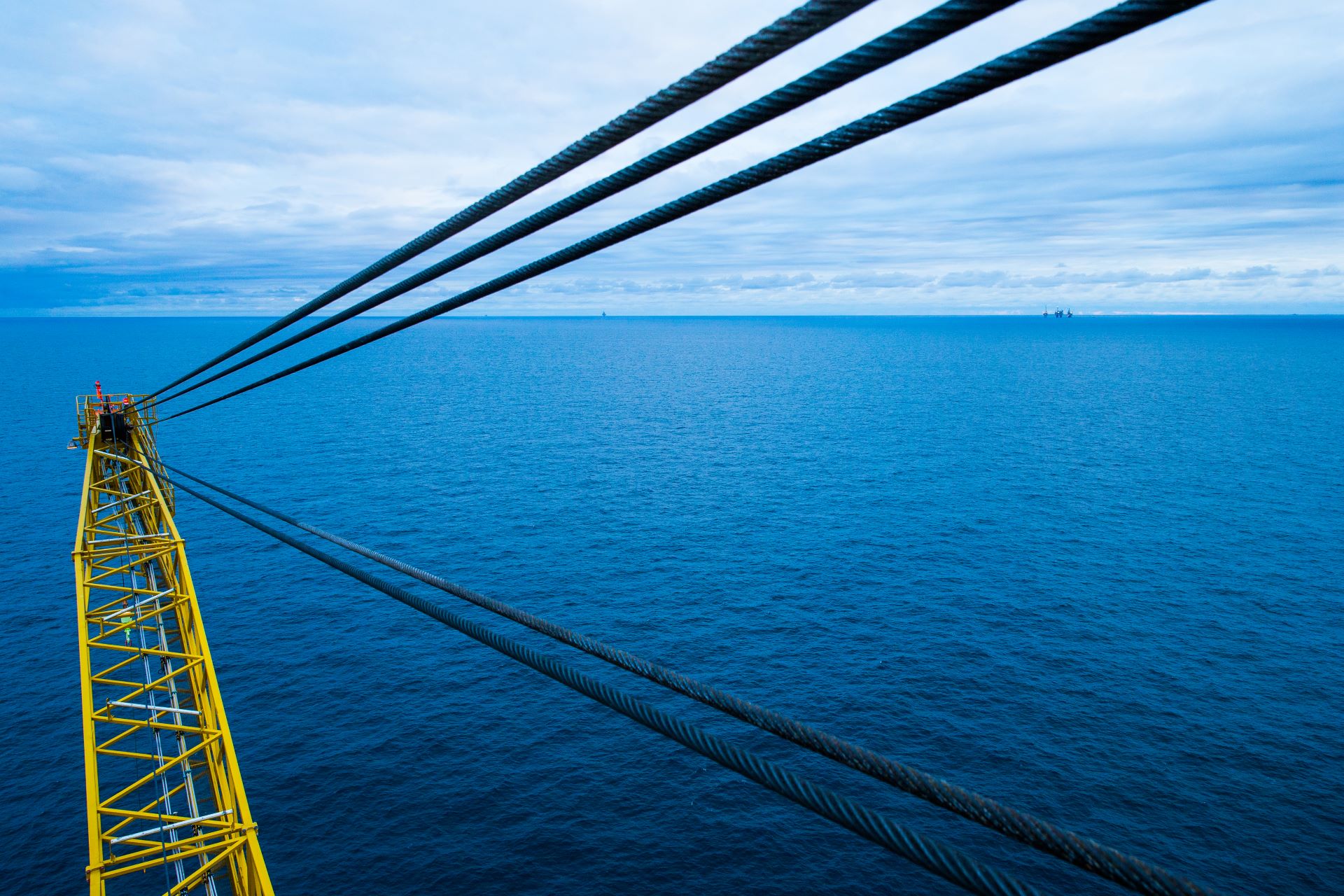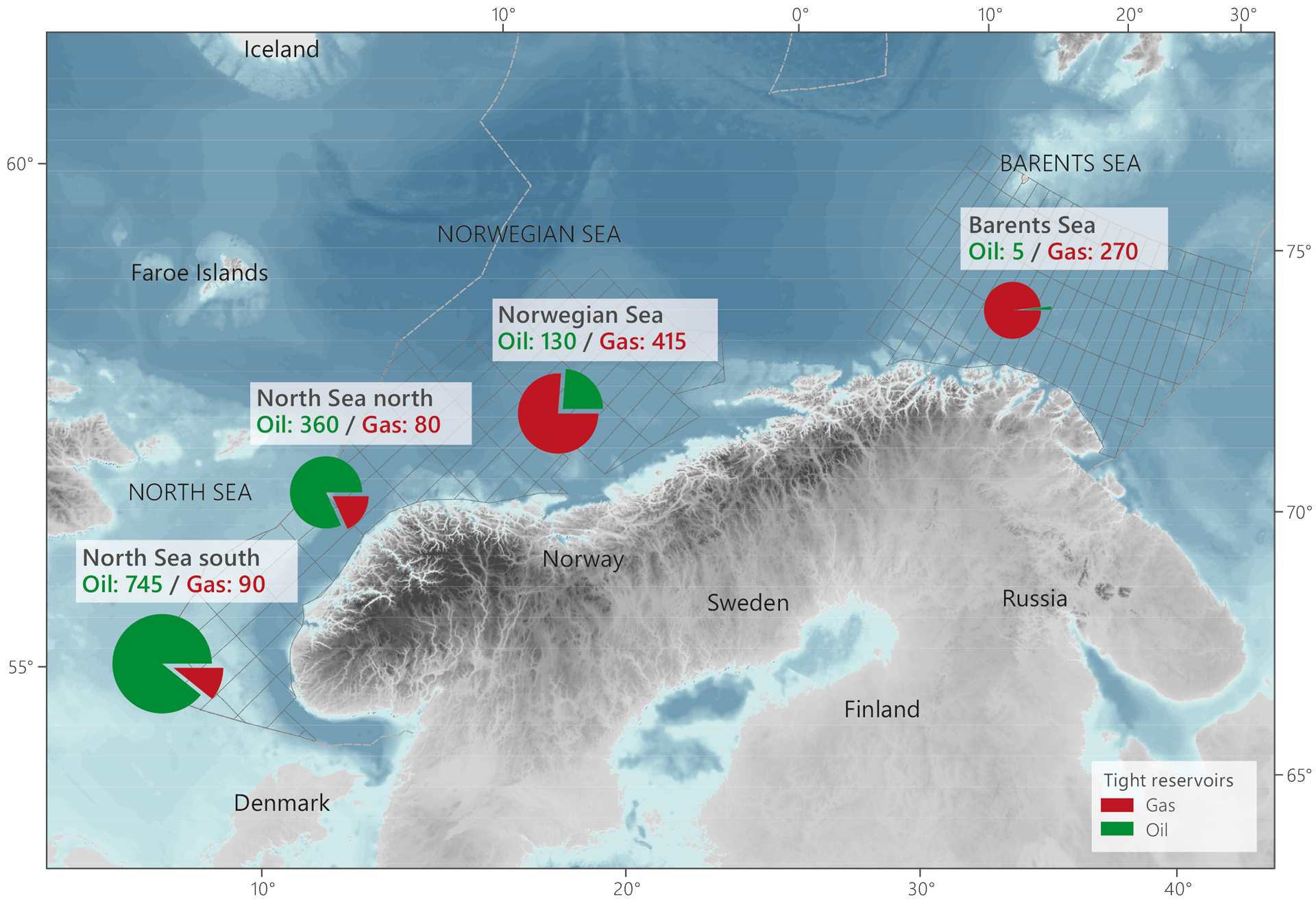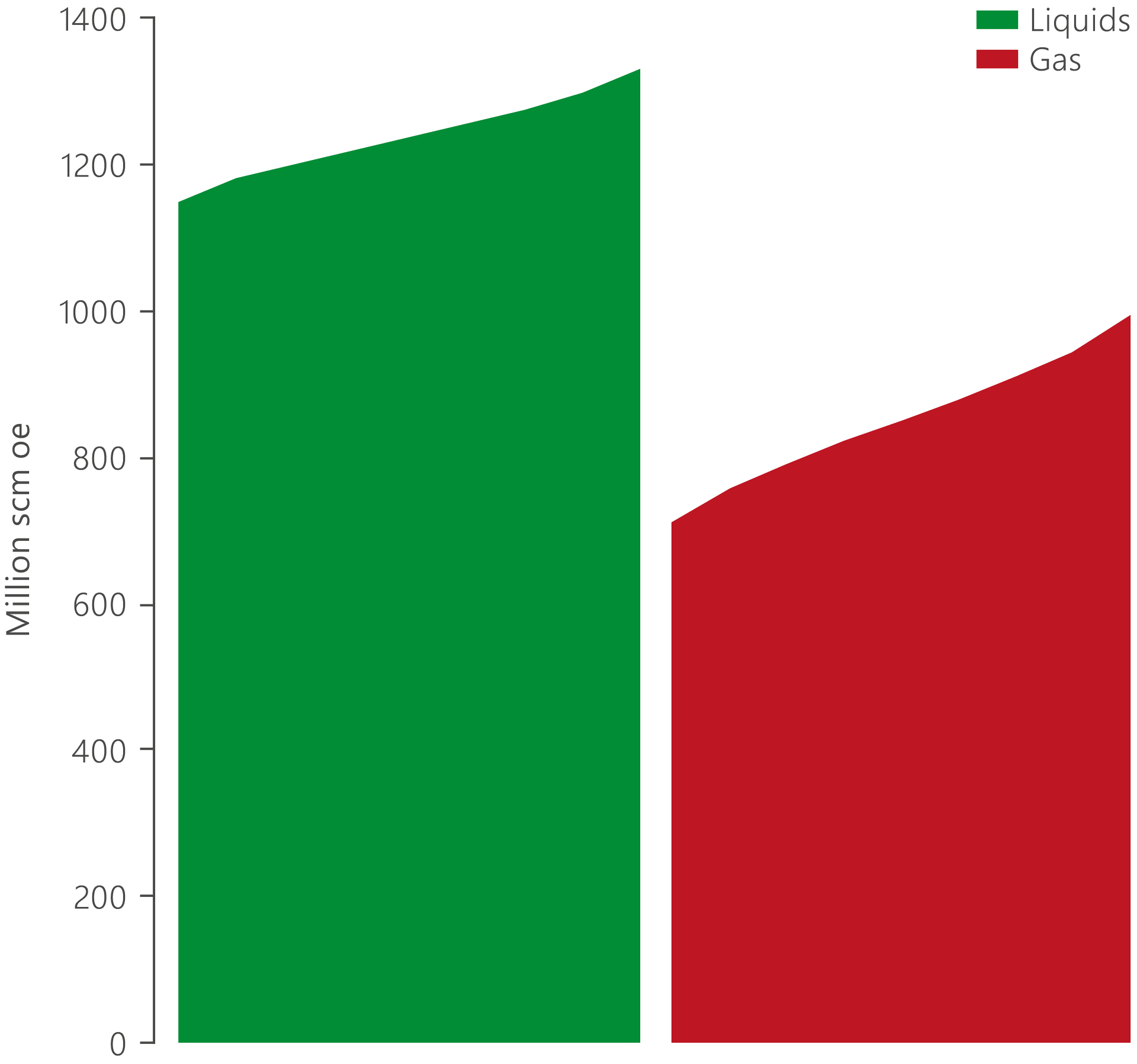Plenty of potential in tight reservoirs

06/12/2023 There are vast proven gas resources on the Norwegian shelf which are currently without development plans. Much of this gas is located in tight reservoirs – which makes it difficult to produce.
"Despite the significant uncertainty associated with how much gas we're talking about, the cost level and future gas prices, our calculations show that the values involved are substantial," says Arne Jacobsen, Assistant Director of Technology, analyses and coexistence.
A tight reservoir is a reservoir with low permeability (flow, in other words, how well a porous material can transport liquid or gas).
These reservoirs normally cannot be produced using conventional wells; profitable production can only be achieved by implementing measures to improve gas flow. So far, various forms of fracturing and multi-branch wells remain the most relevant methods for recovering resources in tight reservoirs.
Slim-hole technology is also relevant is several places, where a large number of slim boreholes in the same well will increase the wells' contact surface with the reservoir (reservoir exposure) and make it easier for hydrocarbons to flow into the wells.
These methods and technologies have all been previously tested and applied on the Norwegian shelf, but are mainly used to extract additional oil. Elsewhere in the world, such as in the Gulf of Mexico, the UK shelf and on certain onshore fields, the technologies have been used to produce gas.
Time-critical resources
Production from tight reservoirs is frequently only profitable if the development is based on tie-backs to existing infrastructure. Large volumes and relatively low production rates result in a long production horizon, which underlines the importance of not postponing efforts until the field approaches its shut down date.
"These resources must be produced before the end of the infrastructure's lifetime, which makes them time-critical in many instances. This is why it's important to implement solutions that make it possible to produce them within the technical lifetime of existing infrastructure," Jacobsen says.
The NPD's primary goal is to contribute toward realising the greatest possible values for Norwegian society from the oil and gas industry through efficient and prudent resource management:
"We need to ensure that these values are not lost, and that the companies are doing enough to produce the difficult volumes as well," Jacobsen says.
Broad cooperation
The NPD wants the companies to "leave no stone unturned" and determine if it is possible to produce remaining resources in a profitable way by utilising existing technology. One tool in this context can be coordination across fields and broad cooperation on the shelf, in general:
"It's often expensive to implement technology, and profitability can be marginal. We encourage the companies to think outside the box and work across fields – and thereby achieve potential economies of scale," Jacobsen says.
He believes there could be a potential for saving money by cooperating on, for example, planning, hiring vessels and drilling a certain number of wells in an area. Such campaigns are commonplace within e.g. light well intervention (maintenance on production wells that is normally carried out using vessels).

Oil and gas in place in tight reservoirs distributed by ocean area. All figures are stated in million standard cubic metres of oil equivalent (Sm3 o.e.).
Tight reservoirs in all ocean areas
The NPD presented estimates for resources in tight reservoirs on the Norwegian continental shelf in its resource reports from 2017 and 2019, and concluded that there are considerable resources in tight reservoirs in all ocean areas on the NCS.
The North Sea
The estimate for mapped volumes in place in tight reservoirs in the southern part of the North Sea is in the order of 750 million standard cubic metres (Sm³) of oil and 90 billion Sm³ of gas. Most of this is located in chalk reservoirs in the Ekofisk, Eldfisk and Valhall area. Producible oil in basement rock has also been proven on the Utsira High. Basement rock consists of hard and tight rocks. However, the basement rock in this area is so fractured and porous that oil has migrated into it.
In the northern part of the North Sea, the mapped volume in place in tight reservoirs is estimated at approx. 360 million Sm³ of oil and 80 billion Sm³ of gas. In this area, a considerable percentage of the volumes are located in sandstone reservoirs. However, there are also substantial volumes on Oseberg and Gullfaks in the overlying Shetland Chalk and partly in the Lista Formation.
Test production of oil has been carried out in the Shetland Chalk on Oseberg. Licensees are considering testing the potential of different well stimulation methods. On Gullfaks, production is currently under way from the tight Shetland Chalk. Here they are using water injection and horizontal wells to improve recovery.
The Norwegian Sea
Mapped volumes in place in tight reservoirs in the Norwegian Sea are estimated at approx. 130 million Sm³ of oil and 420 billion Sm³ of gas. These volumes are located exclusively in sandstone reservoirs. A large percentage is located in the Tilje and Garn formations, which are deep and have highly variable reservoir properties.
The Lavrans, Linnorm, Noatun and Njord Nordflanken 2 and 3 discoveries all have tight reservoir zones where the licensees are still considering the possibility of development using different technologies to improve profitability. Slim-hole technology has been used in the tight zones in the Garn Formation on Smørbukk Sør. This technology has also been used in several other fields, such as Edvard Grieg, Valhall and Ivar Aasen.
This is an example of testing new technology to increase productivity in tight reservoir zones. Some discoveries are also relinquished because the licensees are unable to ascertain profitability in developing the tight reservoir zones. 6506/6-1 Victoria in the Norwegian Sea is one example of this. This discovery has considerable volumes in place, but has nevertheless been relinquished.
The Barents Sea
Mapped volumes in place in tight reservoirs in the Barents Sea are estimated at approx. 5 million Sm³ of oil and 270 billion Sm³ of gas. Since the Barents Sea is more of a frontier area than the North Sea and the Norwegian Sea, the resource base is more uncertain. The tight reservoirs in the Barents Sea are sandstone reservoirs from the Triassic.

Mapped oil and gas volumes in place in tight reservoirs with a range of uncertainty.
Director Communication, public affairs and emergency response
The NPD has mapped the gas resources which lack concrete development plans, and has also explored which measures could potentially be implemented to facilitate their development. This work is based on a selection of discoveries and fields in the North Sea, Norwegian Sea and Barents Sea.
Updated: 06/12/2023